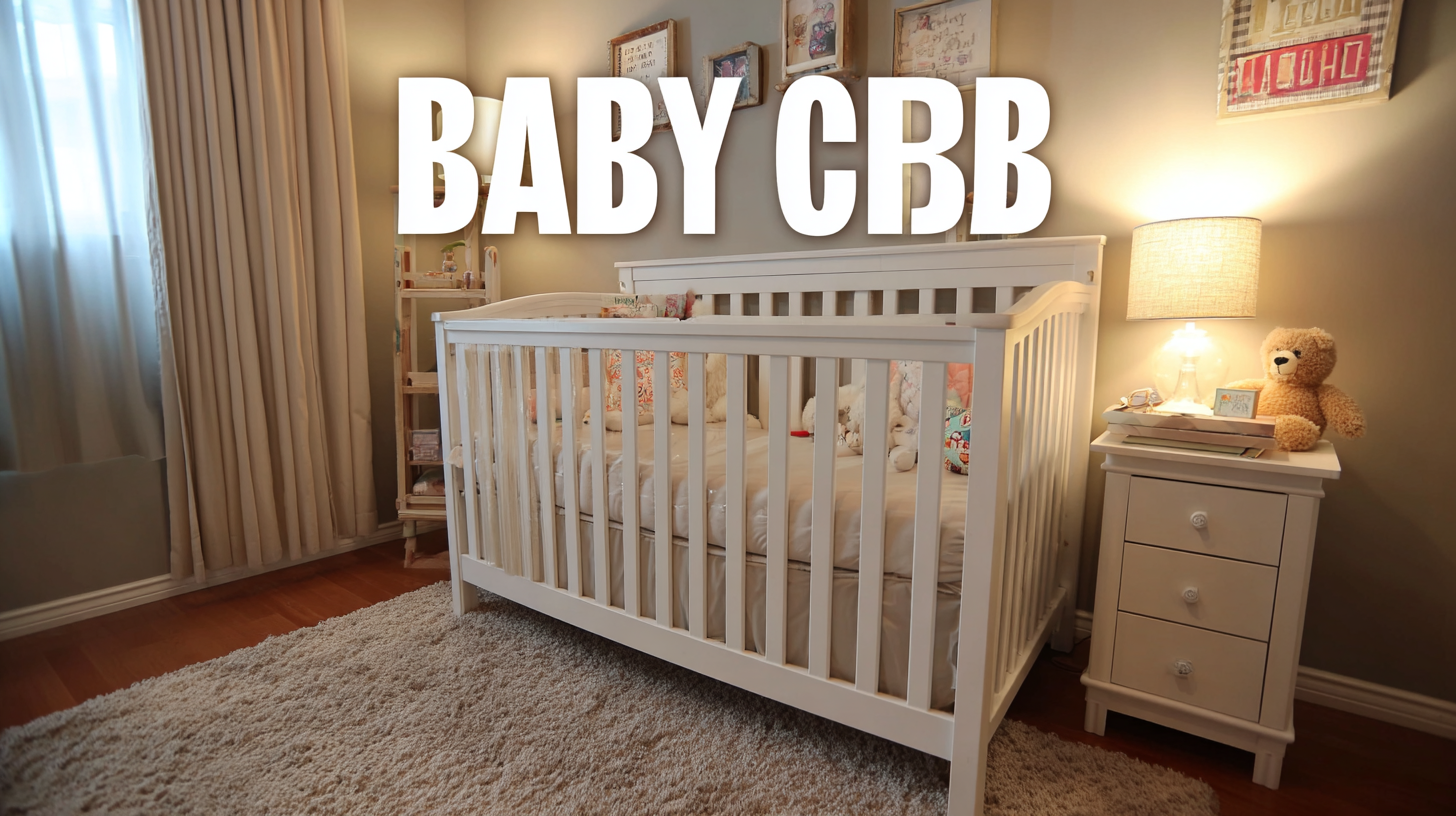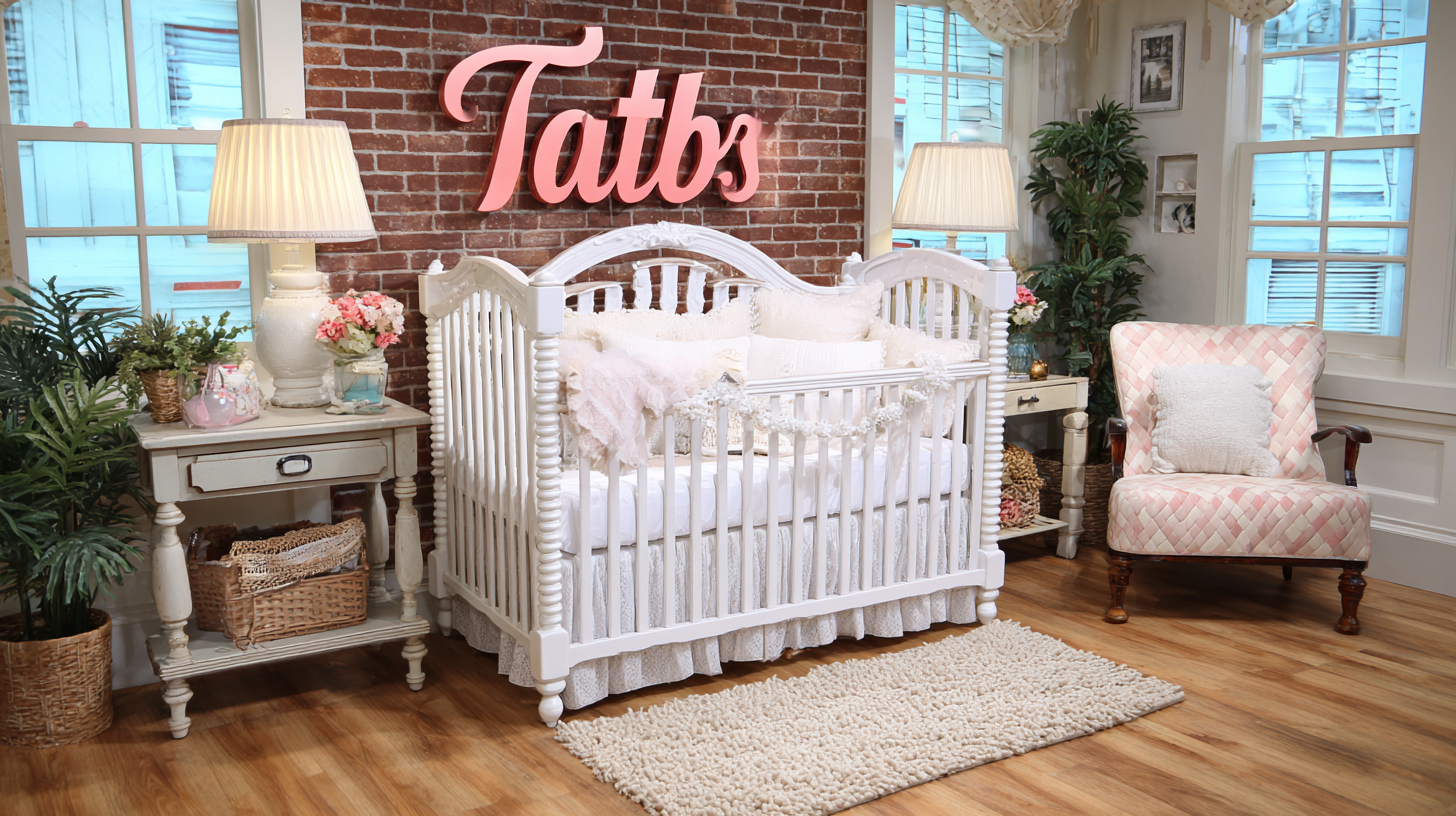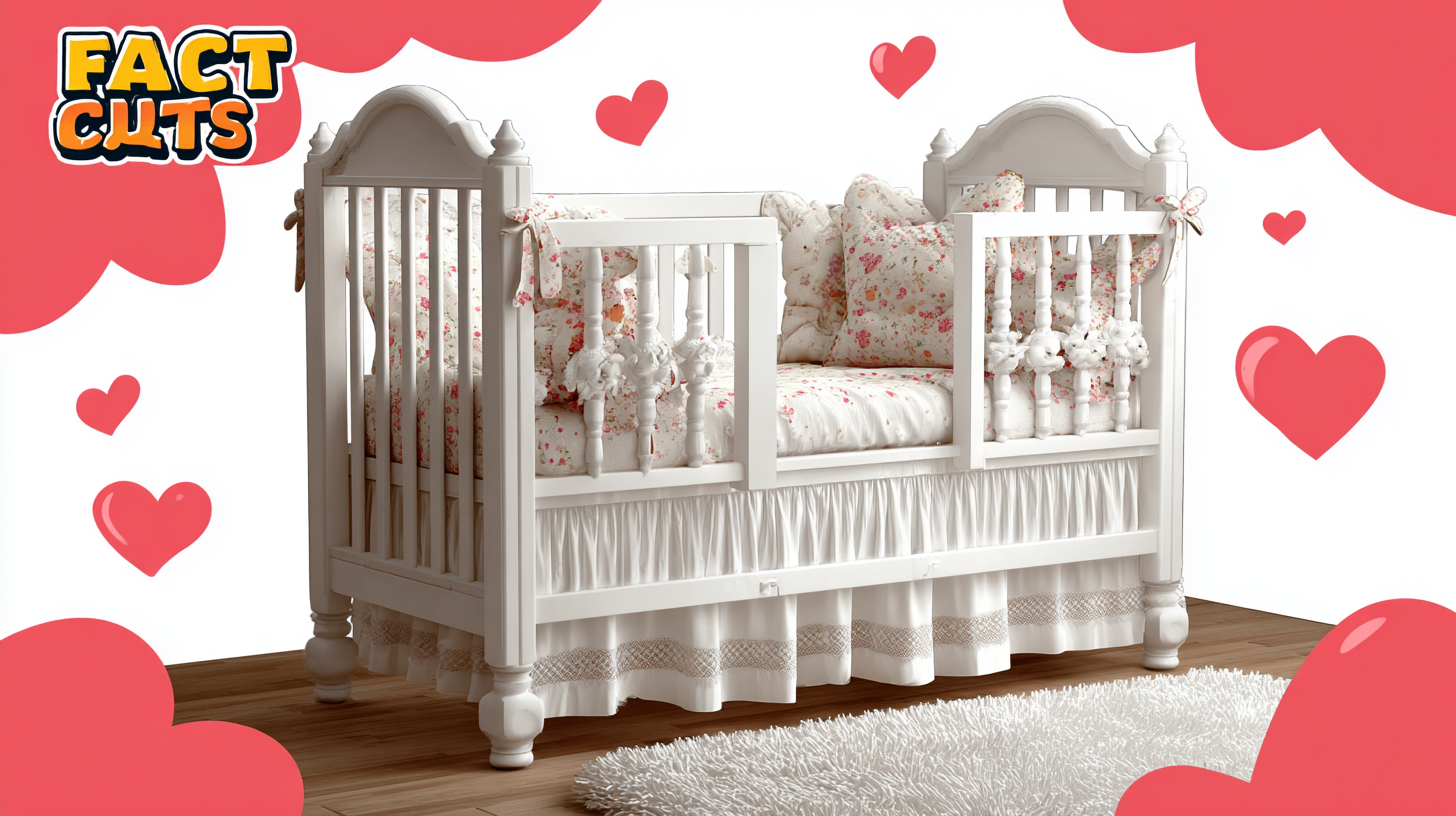When it comes to preparing for a new baby, creating a safe and comfortable sleeping environment is one of the most crucial aspects to consider. The right Baby Crib can make all the difference in your little one's sleep quality and overall well-being. However, with so many options available on the market, it can be overwhelming to choose the best one.

In this blog, we will explore seven incredible facts about Baby Cribs that every parent should know. From safety features and space-saving designs to material choices and aesthetic appeal, this checklist will equip you with valuable information to help you make an informed decision.
Ensuring your baby has a cozy and secure sleeping space has never been more important, and understanding these essential facts will guide you toward finding the perfect Baby Crib for your family.
When it comes to selecting the best baby crib, safety should always be the top priority. According to the Consumer Product Safety Commission (CPSC), adherence to established safety standards is crucial in preventing accidents. The best cribs meet or exceed these standards regarding design, durability, and non-toxic materials. Parents should look for cribs that are certified by recognized organizations, ensuring they have been rigorously tested for safety.

One of the most essential features to evaluate is the crib's construction material. A sturdy wooden crib with non-toxic finishes not only lasts longer but significantly reduces the risk of chemical exposure for your baby. Additionally, check for adjustable mattress heights which can provide safety as your child grows. This feature allows parents to lower the mattress, preventing infants from climbing out of the crib.
Tips: Always verify that the crib meets ASTM International safety standards and ensure that the slats are no wider than 2 3/8 inches apart to prevent entrapment. It's also advisable to regularly inspect the crib for any loose screws or broken parts to maintain its safety. Parents should ideally register their crib with the manufacturer for updates on recalls or safety notices.
When choosing the perfect baby crib, safety should always be the top priority. A reliable crib must have various safety certifications to ensure it adheres to stringent safety standards.
First and foremost, look for the Juvenile Products Manufacturers Association (JPMA) certification. This accreditation indicates that the crib meets or exceeds the safety standards set by the American Society for Testing and Materials (ASTM) and the Consumer Product Safety Commission (CPSC).
Additionally, cribs that feature Greenguard Gold certification are ideal, as they indicate low emissions of harmful chemicals, creating a healthier sleeping environment for your baby.
Another important certification is the European Standard (EN 716-1) for cribs sold in Europe, assuring that they meet rigorous testing for safety and durability.
Lastly, ensure that the crib is free from harmful substances like lead or phthalates by checking for compliance with regulations set forth by the Environmental Protection Agency (EPA). These certifications not only provide peace of mind but also contribute to promoting a safe sleeping space for your little one.
When it comes to baby safety, parents are often concerned about Sudden Infant Death Syndrome (SIDS), a tragic condition that affects thousands of families each year. Studies show that the risk of SIDS can be significantly reduced through safe sleeping practices and the choice of the right crib. In fact, using a crib that meets current safety standards, with a firm mattress and properly fitting sheets, can create a safer sleep environment for infants, thereby lowering the risk of SIDS.
Statistics reveal that babies should be placed on their backs to sleep, as this position has been associated with a decrease in SIDS cases. Additionally, cribs designed without bumpers and with slats spaced appropriately can further enhance safety. The right crib, in conjunction with education about SIDS prevention, can empower parents to provide a secure sleeping environment. By understanding these critical statistics and making informed decisions about crib safety, parents can help protect their infants from potential risks associated with sleep.
When choosing the best crib for your baby, it’s essential to consider the materials used in its construction. The four key materials—wood, metal, plastic, and upholstery—play a significant role in both safety and comfort. Solid wood cribs, made from hardwoods like oak or maple, are not only durable but also free from harmful chemicals, making them a healthy choice for your baby. Look for certifications like Greenguard Gold, which ensure the wood has been treated with non-toxic finishes.

Metal cribs offer a sleek, modern look and are often very sturdy. However, safety is paramount; ensure that the metal components are rust-resistant and that all edges are smooth to prevent injury. Plastic cribs can be lightweight and easy to clean, but be cautious of those made from low-quality plastics that may emit harmful VOCs.
When it comes to upholstery, choosing organic fabrics can minimize exposure to harmful chemicals. Always opt for cribs with removable and washable bedding to maintain a clean sleeping environment. Above all, prioritize safety certifications and choose materials that promote a healthy space for your little one.
When selecting a baby crib, design elements play a crucial role in enhancing both comfort and functionality. According to the Consumer Product Safety Commission (CPSC), a safe crib should have a firm mattress and slats that are no more than 2 3/8 inches apart to prevent entrapment. The incorporation of adjustable mattress heights is another vital feature; it allows parents to lower the mattress as their baby grows, ensuring safety and ease of access.
In addition to safety, thoughtful design elements significantly improve usability. A crib with a convertible design can transform from a crib into a toddler bed, extending its lifecycle. Industry studies show that convertible cribs can remain in use 5 to 10 years longer than traditional models, making them a savvy investment. Moreover, wooden cribs with non-toxic finishes not only foster comfort but also reflect sustainable practices, appealing to environmentally conscious parents.
Tip: Look for cribs with rounded edges to minimize injury risks as your baby starts to explore. Additionally, consider cribs with built-in storage for keeping essentials within easy reach—this cleverly combines functionality with practicality, helping to streamline nighttime routines.
TradeManager
Skype
VKontakte

